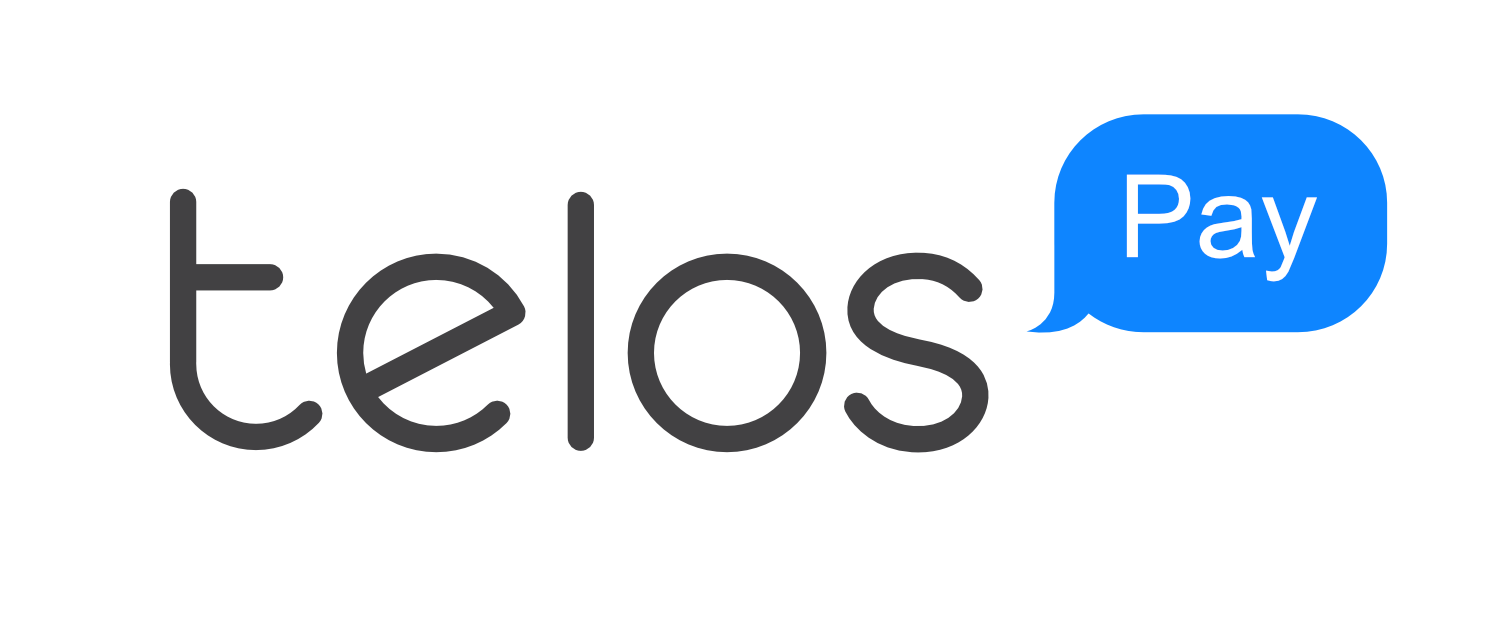Friendly Fraud: What Bondsmen Can Do To Avoid It!
With purchases becoming increasingly digital - particularly since the pandemic - consumerism has boomed in that arena.
When you hear the word “credit card fraud” you probably think of third-party hackers, stolen credit cards, identity theft, etc. But it may surprise you that 75% of credit card fraud is what we call “friendly fraud.” Friendly fraud is actually prompted by the cardholder when a customer disputes a legitimate credit card charge, which then initiates a chargeback (and a fee) to the merchant. The merchant ( in this case, you, the bondsman!) is met with a time-consuming process of dealing with the false claim.
Why would someone dispute a legitimate charge?
Friendly fraud can happen when a member of the household sees a charge they don’t recognize, which they then dispute. It can also be a result of transaction confusion. Sometimes a cardholder doesn’t recognize the merchant’s name on their bank statement. We’ve all been there, staring at our bank statements, trying to recall where a purchase was made.
Maybe a customer purchased something from REI but sees a transaction that simply lists a store number and an unrecognizable, elongated form of the acronym. Without thinking too much about it the customer panics, assumes it’s some sort of mistake, and initiates a dispute with his or her card issuer.
Why is friendly fraud so prevalent today?
Chargebacks exist to protect cardholders from true fraud, which is when the cardholder’s payment information is stolen in order to make purchases without the cardholder’s knowledge. In cases of true fraud, a merchant shouldn’t dispute the chargeback
It’s easier now more than ever for cardholders to dispute a charge with his or her bank. Used to, people were required to go into their banks or at least call the bank to report an issue. Most banks now allow cardholders to use their mobile banking app or simply go online to the bank’s website and dispute the charge.
What happens to the merchant in these scenarios?
Friendly fraud can result in losses to the merchant that add up to more than double the original transaction amount. This is a huge hit for businesses, in both costs and the time-consuming process that ensues.
In one study, merchants reported friendly fraud to account for up to 32% of the chargebacks they see - which is a staggering number, all things considered.
Fighting friendly fraud can be expensive and more costly than the transaction itself. But it can be done, and it can be won. Make sure as a merchant you keep all documentation relating to your transactions so that when you need to provide evidence to the bank, you have the ability to do so.
Preventing friendly fraud is difficult, but ideal. Most are unaware of preventative measures and end up paying on the backend.
Here are some ways you can prevent friendly fraud:
In cases of malicious fraud, be sure to start blacklisting offenders so you do not have repeats.
In cases of non-malicious friendly fraud, make sure your merchant descriptor matches the business name your customers actually see and know. Confusing names on bank statements is one common reason people dispute a charge.
Always include a phone number, visible on all of your contact and social media info, so that customers know they can call immediately. You want to be the person they go to first - before their bank - to report an issue.
This sounds like an easy one, but don’t trick your customers. Don’t make them feel tricked either. Maybe it’s not even intentional, but sometimes the language businesses use can make customers feel like they’re being taken advantage of. Be mindful of the way you advertise and market your business.
Friendly fraud will likely continue to be a problem. But you can mitigate your risks by taking steps to avoid the worst-case scenario.
Our team at TelosPay works with our clients to prevent friendly fraud. We’re committed to great service, quick response times, and preventative measures. Contact us today to get started.

